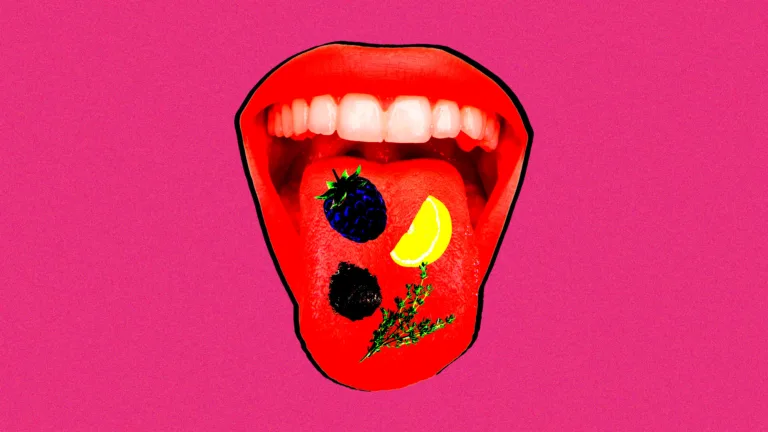Wolfgang Amadeus composed to a genre, like every author in his era. A sonata consisted of three separate pieces, the first telling the story of tonal conflict between two contrasting themes: one lively, one lyrical. At the end of the movement, the conflict was resolved by playing both themes in the same key. The same went for symphonies and quartets, while divertimenti, masses and operas followed their similarly standardised scenarios. Genre determined the audience’s expectations: people sat down to a sonata knowing what was going to happen. This, in turn, informed what and how Mozart wrote. You could be creative and free, but within strictly defined limits. When Beethoven, who was born 14 years after Mozart, started to depart from those established templates, he was often met with confusion. “I can’t play this,” a leading violinist famously told him after looking at one of the late quartets.
I tasted 525 Austrian wines over a few days recently and it reminded me of listening to Mozart’s complete works from CD. There was a consistent style, lots of exciting melodies, and the occasional repetitiveness.
Tasting through the wines, it occurred to me that Kamptal Grüner Veltliner was essentially similar to a Mozart symphony. Grape variety and region of origin — what we collectively call the “wine style” — were the musical genre. Individual wines were iterations of that genre, each following the socially accepted set of gestures to fill a common template. Were someone crazy enough to make Veltliner taste like Marlborough




